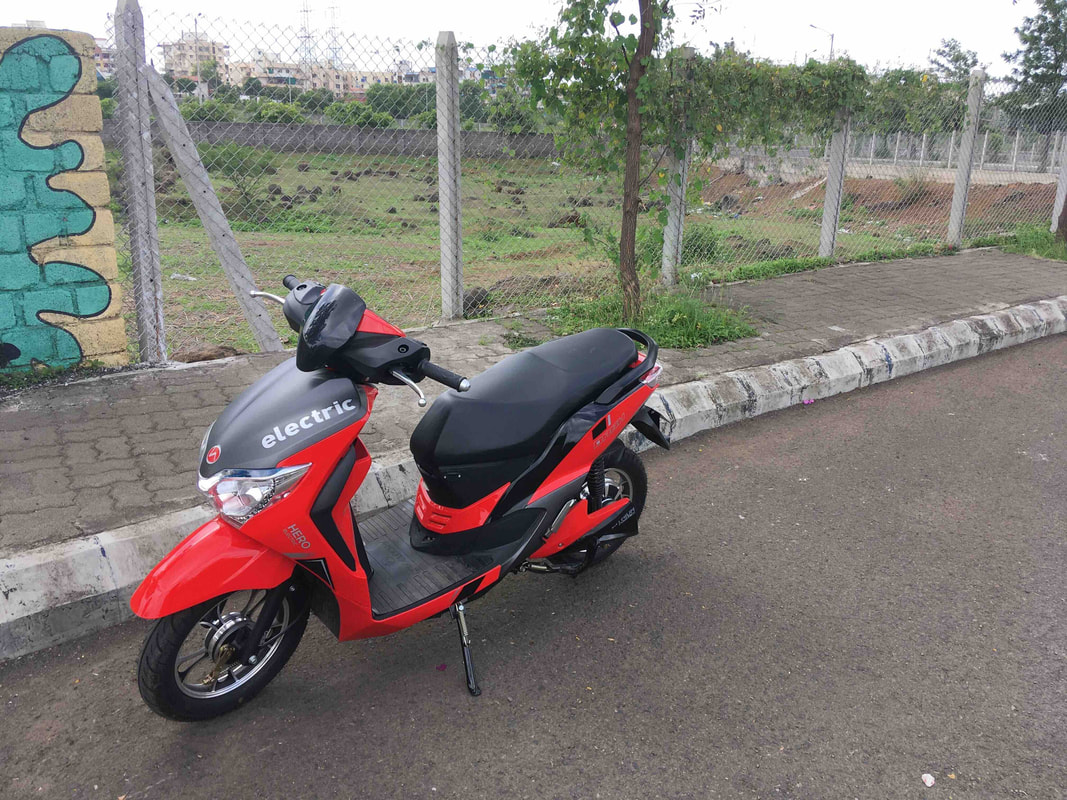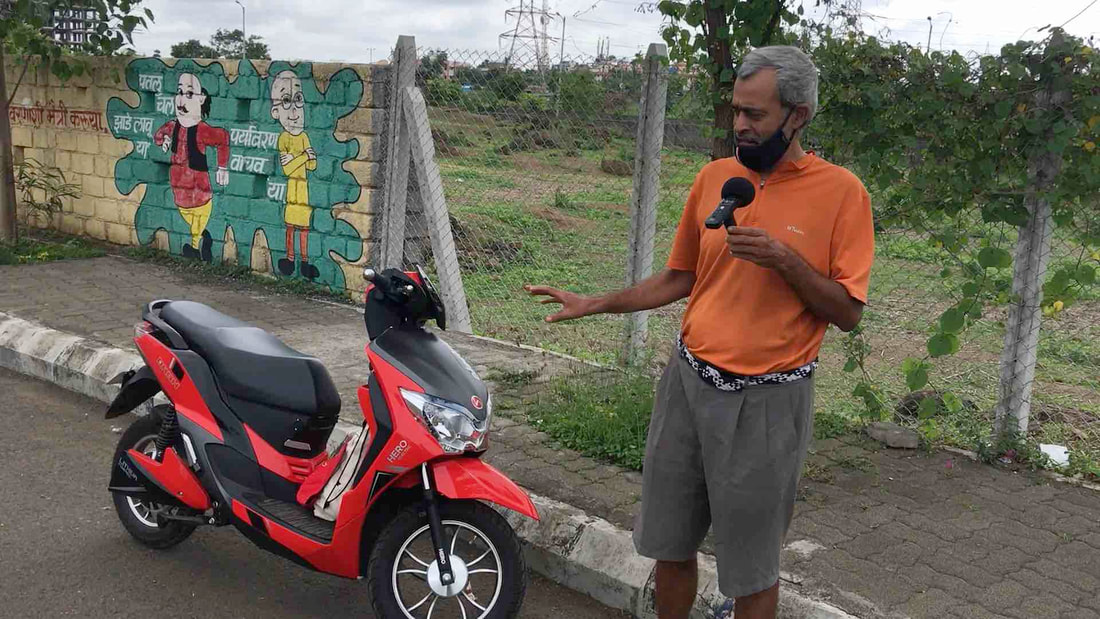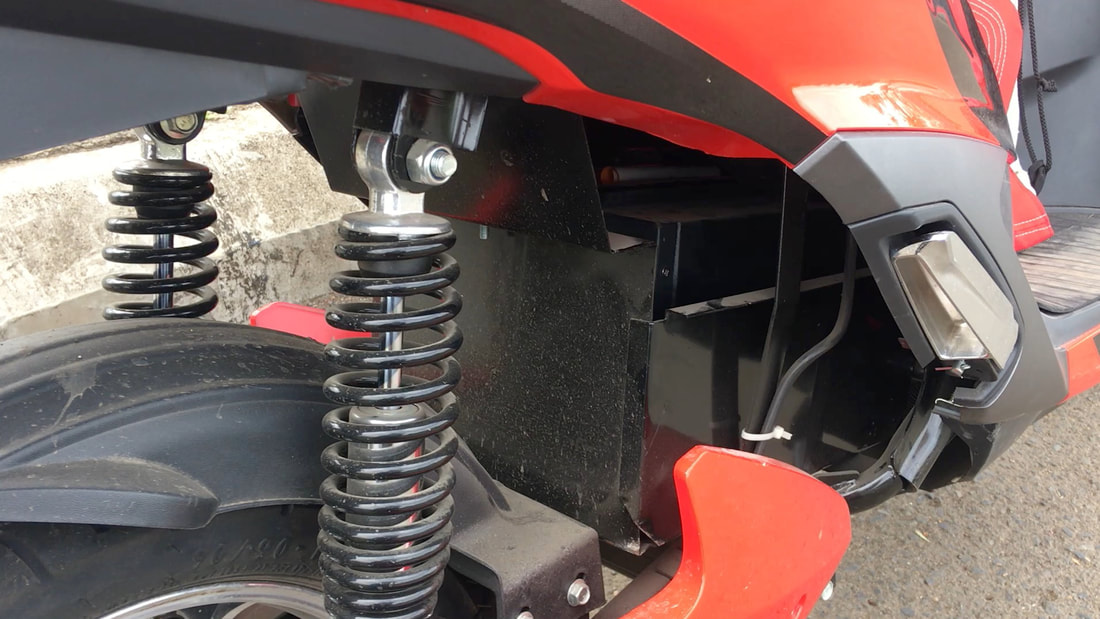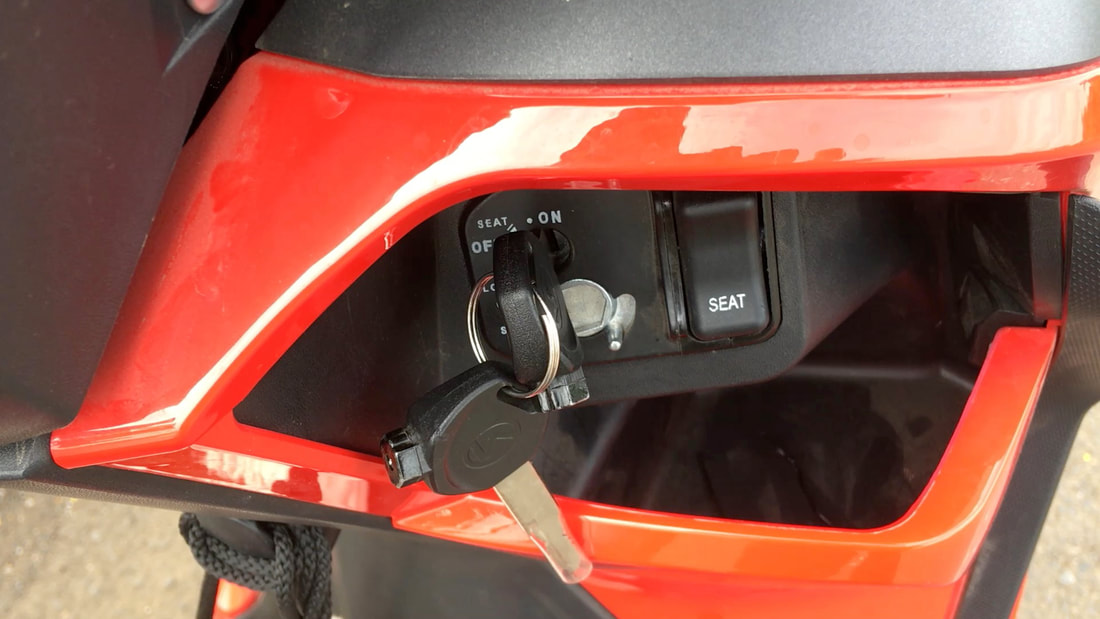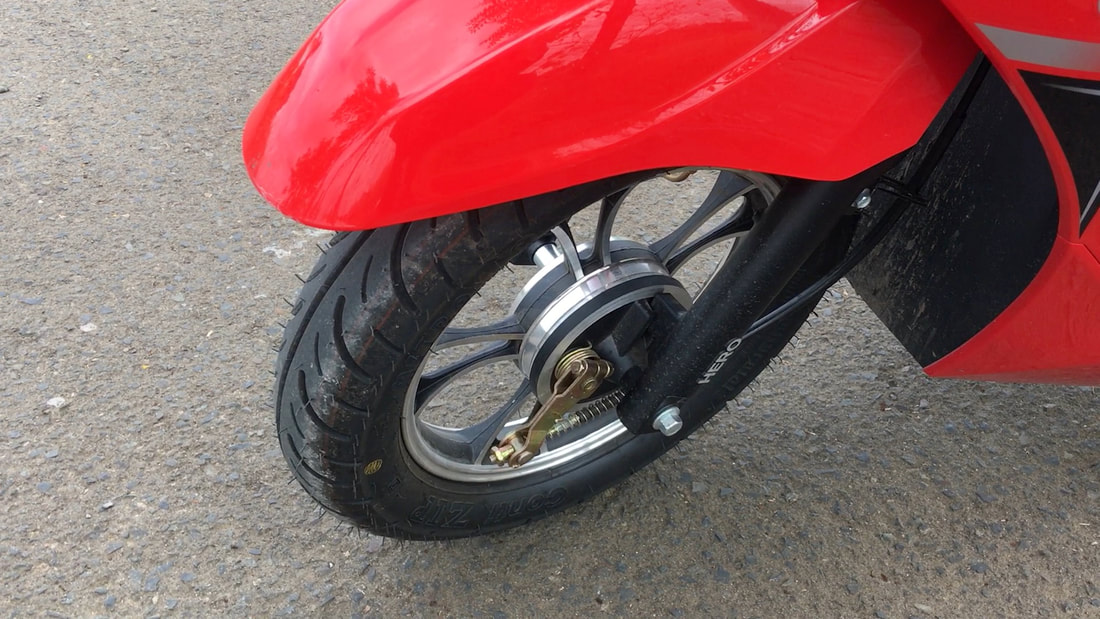By Atul Gopal
We got the Hero Electric Dash electric scooter from the Hero Electric dealer in Pune. We used the scooter for 3-4 days in the city and tested it city conditions.
In this blog and video, we share our observations of this electric scooter launched by Hero Electric.
In this blog and video, we share our observations of this electric scooter launched by Hero Electric.
Video Test Report - Hero Electric Dash
We picked up the scooter from E-Galaxy Motors in Chinchwad. E Galaxy is the oldest dealer for Hero Motors in Pune. The odometer and speedo were not working - which I assume is an ancient dealer practice, so that the customer likes getting a vehicle with 0 on the odo. We later clarified and this was a staff used vehicle. One connector was reconnected, and we were good to go. The Dash is a well styled vehicle. The plastics quality is great - has a good shine on it - possibly because the panels are ABS. The LED lights at the front and rear are what should now be mandatory for all vehicles. Even Honda was impressed enough by the aesthetics to file a law suit against the Dash equivalent that is made in China; a country known to not worry too much about IP. Another measure of aesthetics is when you get stopped and asked about the vehicle. Hardly a km away from the showroom, people started stopping me to ask about the gaddi. I remember having the same feeling when I first saw Bajaj Saffire a few decades ago. It was love at first sight - and I ended up buying it within a week of having sighted it. But the second sight turned out to be not as pretty, as the Saffire turned out to be a lemon - with huge problems in suspension and engine.
The Saffire turned out to the swansong for Bajaj's ICE scooters - as the company focussed exclusively on motorcycles after that.
Would the second sight for the Dash be different? One good thing about low speed scooters nowadays is that they are actually medium speed.
Government regulations still mandate a top speed of 25 kmph and a motor of 250 W, but these specifications have become more the exception than the rule.
Manufacturers have cribbed to the Government that with 250 W, a fully loaded low speed bike can hardly climb even moderate gradients. Though the regulations have yet to change, the government has decided to turn a blind eye to the power constraint. So bikes are usually fitted with motors between 500 to 1000 W. The added benefit of this is that the speed on flat roads also creeps up to 40 kmph.
Manufacturers still continue to respect the letter of the old law by limiting the speedo display to 25 kmph (Ahem - 27 in the Dash's case).
And 40 kmph is a damn good speed for most city roads. No wonder the share of high speed models in Hero's portfolio is shrinking.
The Saffire turned out to the swansong for Bajaj's ICE scooters - as the company focussed exclusively on motorcycles after that.
Would the second sight for the Dash be different? One good thing about low speed scooters nowadays is that they are actually medium speed.
Government regulations still mandate a top speed of 25 kmph and a motor of 250 W, but these specifications have become more the exception than the rule.
Manufacturers have cribbed to the Government that with 250 W, a fully loaded low speed bike can hardly climb even moderate gradients. Though the regulations have yet to change, the government has decided to turn a blind eye to the power constraint. So bikes are usually fitted with motors between 500 to 1000 W. The added benefit of this is that the speed on flat roads also creeps up to 40 kmph.
Manufacturers still continue to respect the letter of the old law by limiting the speedo display to 25 kmph (Ahem - 27 in the Dash's case).
And 40 kmph is a damn good speed for most city roads. No wonder the share of high speed models in Hero's portfolio is shrinking.
The Dash is a wee bit underpowered. In our test, the Dash climbed a 7% gradient double seat at a measly 12 kmph. The starting torque also leaves one unimpressed.
Possibly the reason for limiting current (and torque) at the start is to avoid the sudden jerk that you get if you let in the full current. Another collateral advantage would be on increasing range - as most of the energy is consumed in accelerating a vehicle.
The Dash has a neat suspension - though it tends to be on the tougher side. So rides on bumpy roads - tend to be bumpy. But there is no danger of bottoming out on a pothole with this vehicle. The ergonomics are more Chinese than Indian - so one does feel that the average Indian can feel a little cramped. There are small hitches like the fact that the turn switch is kept lower than the horn. Yours truly is a follower of the Horn Not Ok Please camp - and is ashamed to admit that at least on 5 occasions on day 1 - he did get inadvertently horny:-) We are used to most vehicles having the horn at the bottom side of the handle bar.
The last word in EVs is the range. The company claims a range of 70 km. I drained down the last Farad out of the LFP battery and got a real life range of - 82 km! All of it was on high speed single seater mode. One advantage of the LFP battery is that the voltage does not dip as it gets discharged - so the top speed does not come down. The vehicle continued to perform well till the last km. My strong suggestion to the Hero Folks is to get a BMS fitted with the battery. LFP is the best technology in the battery space today - but it is a slave that has to have the right master. Battery degradation happens faster if the charging currents are not adjusted for internal temperature. A BMS takes care of this problem. In addition, by mapping current flows across time, the BMS makes a much better prediction of range than voltage alone.
The Dash carries forward the lead acid legacy of using voltage as a surrogate for range. Cholbe Na! The low voltage drop of LFP is a disappointment when it comes to estimating range. I continued to see the full 4 voltage inspired power bars - right upto 80 km mark. And then in the short space of 2 km - the bars reached down to 3 and 2 (Never got 1) - and right in the middle of a flyover incline the battery died on me.
Having friends in the right places helps - as I saved myself 5 km of walking home by hitching the charger of the SB Tek Auto showroom near Swargate. As I waited for the vehicle to charge - started eyeing the great looking scooter that those guys have - but guys that's fodder for the next story!
Possibly the reason for limiting current (and torque) at the start is to avoid the sudden jerk that you get if you let in the full current. Another collateral advantage would be on increasing range - as most of the energy is consumed in accelerating a vehicle.
The Dash has a neat suspension - though it tends to be on the tougher side. So rides on bumpy roads - tend to be bumpy. But there is no danger of bottoming out on a pothole with this vehicle. The ergonomics are more Chinese than Indian - so one does feel that the average Indian can feel a little cramped. There are small hitches like the fact that the turn switch is kept lower than the horn. Yours truly is a follower of the Horn Not Ok Please camp - and is ashamed to admit that at least on 5 occasions on day 1 - he did get inadvertently horny:-) We are used to most vehicles having the horn at the bottom side of the handle bar.
The last word in EVs is the range. The company claims a range of 70 km. I drained down the last Farad out of the LFP battery and got a real life range of - 82 km! All of it was on high speed single seater mode. One advantage of the LFP battery is that the voltage does not dip as it gets discharged - so the top speed does not come down. The vehicle continued to perform well till the last km. My strong suggestion to the Hero Folks is to get a BMS fitted with the battery. LFP is the best technology in the battery space today - but it is a slave that has to have the right master. Battery degradation happens faster if the charging currents are not adjusted for internal temperature. A BMS takes care of this problem. In addition, by mapping current flows across time, the BMS makes a much better prediction of range than voltage alone.
The Dash carries forward the lead acid legacy of using voltage as a surrogate for range. Cholbe Na! The low voltage drop of LFP is a disappointment when it comes to estimating range. I continued to see the full 4 voltage inspired power bars - right upto 80 km mark. And then in the short space of 2 km - the bars reached down to 3 and 2 (Never got 1) - and right in the middle of a flyover incline the battery died on me.
Having friends in the right places helps - as I saved myself 5 km of walking home by hitching the charger of the SB Tek Auto showroom near Swargate. As I waited for the vehicle to charge - started eyeing the great looking scooter that those guys have - but guys that's fodder for the next story!
Final Words
What we liked
What we liked
- Design and color scheme
- Good Range. We got 82 km until the battery died down on us.
- Option for removable battery
- Very bad guessometer.
- BMS quality
- Gouxuan Battery. Seems imported. Not sure about the manufacturer.
- Suspension is average

